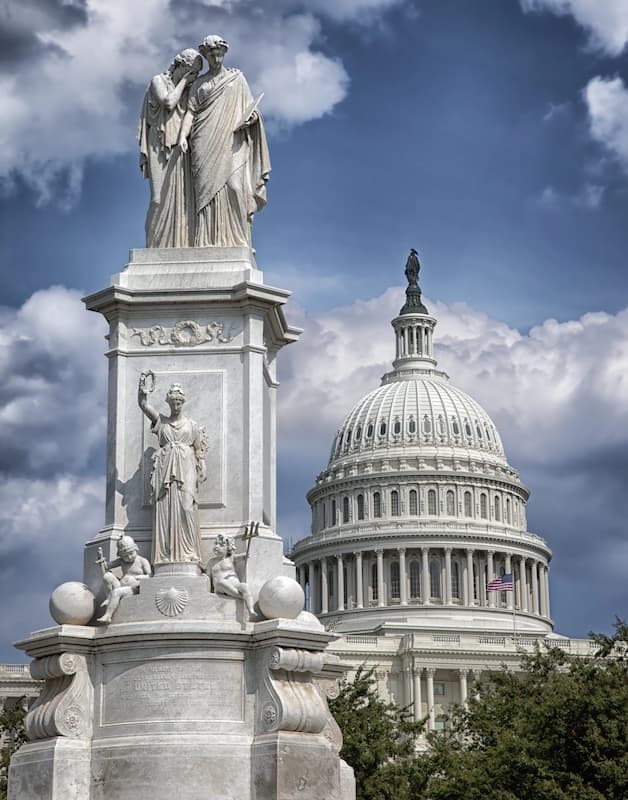When Congress passed the latest COVID relief bill in December, we sent to you a detailed outline of tax provisions included in the bill that we considered favorable to your business. While there haven’t been changes made to the law since its passage, we’d like to alert you to some significant provisions we now better understand after digging deeper into the legislation.
The Economic Aid Act which passed in December rebooted the PPP, allowing for “PPP2”, as some are calling it. This second round of PPP funds is available to businesses that didn’t apply the first time, were funded inadequately (“shorted”) and haven’t already applied for forgiveness, those that returned all or part of previous PPP money, as well as businesses that previously received a PPP loan of up to $2 million, provided they certain qualifications.
For fresh PPP loans to first-time borrowers, eligible businesses include:
- Businesses with 500 or fewer employees that are eligible for other SBA 7(a) loans.
- Sole proprietors, independent contractors, and eligible self-employed individuals.
- Not-for-profits -- including 501(c)(6) organizations -- and churches.
- Accommodation and food services operations (those with North American Industry Classification System (NAICS) codes starting with 72) with fewer than 300 employees per physical location.
- The $2m limit doesn’t apply – rather it’s the original $10m limit.
Round 2 PPP funds are available to previous borrowers that:
- Have 300 or fewer employees (except restaurant affiliates)
- Have used or will use the full amount of their first PPP loan.
- Can show a 25% gross revenue decline in any 2020 quarter compared with the same quarter in 2019.
As with PPP1, the costs eligible for loan forgiveness in PPP2 include payroll, rent, covered mortgage interest, and utilities. PPP2 also makes the following potentially forgivable:
- Covered worker protection and facility modification expenditures, including personal protective equipment, to comply with COVID-19 federal health and safety guidelines.
- Expenditures to suppliers that are essential at the time of purchase to the recipient’s current operations.
The new loan limit is $2 million (for second round; $10m if first time borrower), and the amount a small business will qualify for is determined by taking their average monthly payroll in 2019 and multiplying it by 2.5. The bill has a special calculation for restaurants and food businesses and provides those businesses a larger loan amount of 3.5 months of average monthly payroll, again subject to the $2M limit.
To be eligible for full loan forgiveness, PPP borrowers will have to spend no less than 60% of the funds on payroll over a covered period of either eight or 24 weeks — the same parameters PPP1 had when it stopped accepting applications in August.
The new COVID-19 relief bill also:
- Creates a simplified forgiveness application process for loans of $150,000 or less (more details to come on this).
- Repeals the requirement that PPP borrowers deduct the amount of any Economic Injury Disaster Loan (EIDL) advance from their PPP forgiveness amount.
- Includes set-asides to support first- and second-time PPP borrowers with 10 or fewer employees, first-time PPP borrowers that have recently been made eligible, and for loans made by community lenders.
- Expands the Employee Retention Credit to 70% of wages – up to $10,000. You can’t double dip, but if you paid excess wages you couldn’t use during forgiveness, you could qualify.
- The Families First Coronavirus Response Act (FFCRA), which requires certain employers to provide employees with paid sick leave or expanded family or medical leave for COVID-related illness, still sunsets at 12/31/20, but the credit (max $10,000) is extended to 3/31/21 for employers that offer to pay voluntarily. There’s no second credit, and the max allotment still applies (80 hours sick leave, 12 weeks family medical leave).
We covered these and other topics today in our webinar.
As always, if you have any questions about how these new regulations affect your business specifically, please reach out. We expect applications will be available mid-January, and we’ll continue to provide updates as we receive them.






